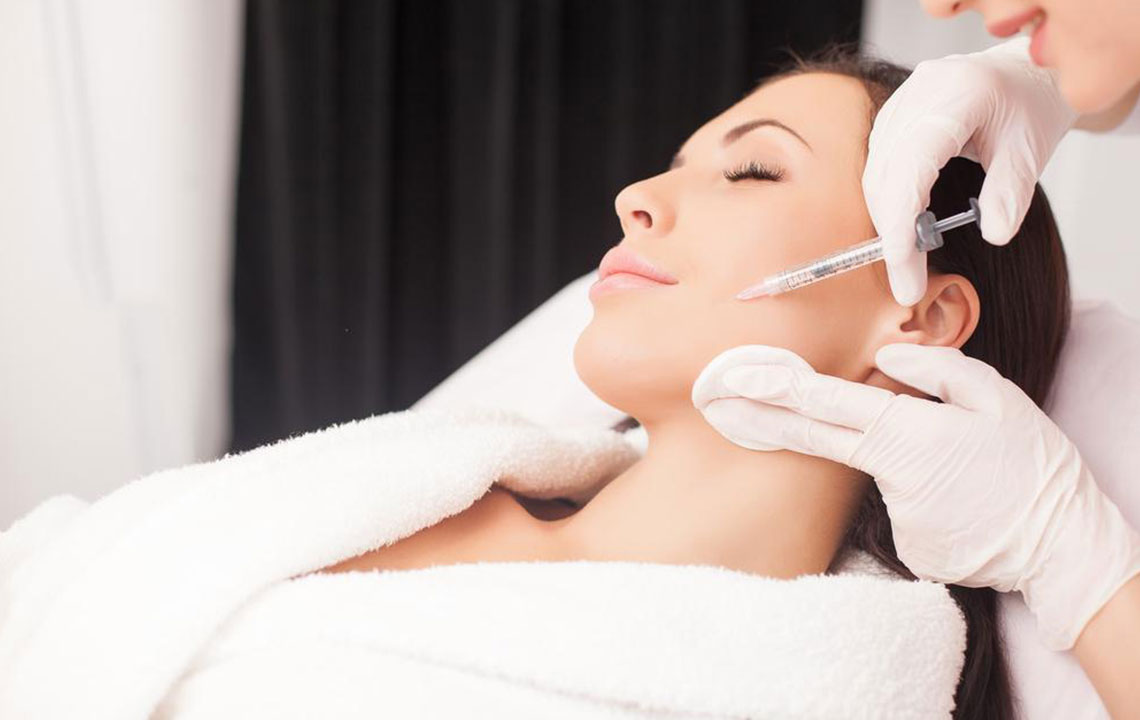Things You Must Know before You Get a Botox Done

With so many aging products and wrinkle free creams being advertised every second in ads, people have become more conscious about aging than they were a decade back. That is when the Botox surgery comes into the picture. A lot of women these days are getting injected to get rid of the wrinkles on the face, and frown lines between their brows.
Are you too considering going under the knife? If yes, then it is crucial first to step back and give serious thought to it. Is Botox your best option? Can you afford the surgery? Do you need it?
This guide will give you a complete overview of Botox procedure, inject cost and the risks.
How Botox works
• Botox is a toxin that blocks sending of signals from the nerves to the muscle. This means that the muscles no longer contract, and the wrinkles can now relax and ease out.
• Many people have a misconception that Botox is used only for cosmetic purposes. But the truth is that it has many non-cosmetic uses.
• One of the most surprising yet common areas where Botox is injected is the armpit. The sweat glands are introduced to Botox to make the sweat and odor halt entirely for months. This is a blessing for people who suffer from an extreme case of sweating and body odor.
• Other than this, Botox is used to seek relief in cases of a chronic migraine, overactive bladder, and muscle spasms.
Botox procedure
• When you decide to go for Botox, the first thing to do is sit for a consultation, where the surgeon will tell you everything you need to know about the Botox procedure.
• Your doctor will advise you to the stay clear of alcohol at least one week before your appointment.
• Also, don’t indulge in aspirin and other over the counter anti-inflammatory drugs from at least two weeks prior the surgery.
• Botox procedure doesn’t take much time, and the pain is bearable. In fact, no anesthesia is required for this operation.
• During the surgery, the surgeon will inject the toxin through a fine needle into specific muscles. After around a week, you will see the result on your face.
• The effects of Botox are not permanent. You will observe that after around 4-6 months, your face muscles which were once injected and made to relax, start to contract and crease again.
• So, the wrinkles slowly begin to reappear. But many a time, the lines you get after the Botox procedure are milder as your muscles have learned to soften and relax.
Risks of Botox procedure
• It is always best that you know what you are getting into beforehand. Botox comes with flaws of its own. There is a lot you would be putting at stake for a good face. Is it worth the risk?
• Pregnant women, mothers who breastfeed and people with severe neurological conditions should never go for Botox.
• Remember that Botox does not work for all types of wrinkles, so it is best to sit down with the surgeon and discuss your case.
• Everything comes at a cost, and so does Botox. People who have gotten injected have experienced temporary bruises which goes away in few weeks.
• Not just that, many patients complain of drooping of eyelids, which eventually heals after 3-4 weeks.
• Remember not to touch the treated areas for at least 12 hours after the surgery.
Cost of the Botox surgery
• The cost of the Botox depends on various factors like where you stay, the reputation of the doctor and the quality of the Botox procedure. If you think of it, it is more about the results that you need to worry than the cost.
• It does not make sense if you find a doctor who does your Botox procedure for cheap but at the end, your face barely looks different.
• When you are enquiring for Botox surgery cost, pay attention to on what basis do they charge.
• While some doctors charge per unit, few go by per area. The truth is that getting it done from someone who charges you per unit is way better than per area. This is because charging by area can be quite tricky. The common areas of the Botox surgery are the glabella, which are the frown lines between your eyebrows, the worry lines on the forehead, smile lines, the creases by your eyes, called the crow’s feet.
• In most regions of the nation, the average cost is approximately between $9 and more than $20 per unit.
• Your insurance covers Botox injections, but only if Botox is a medical need for you. This means that people who are thinking of getting injected for purely cosmetic purposes, won’t qualify for these insurances.
Botox is an art. Just do a thorough research about the best surgeon, price, and the risks, before you decide to get injected.


